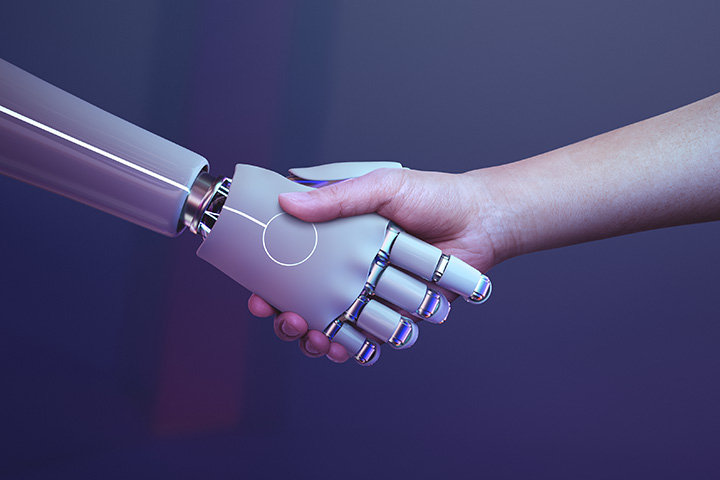What would be the true objective of technology, if not to increase the quality of life of all of us who live immersed in a digital society? The answer to this question is simple: there is no other objective, technology increases, develops and it serves the sole purpose of making our lives easier, more connected and more accessible every day.
Technologies, especially in the field of information and communication, have one thing in common, a dizzying development that knows where it started, but does not know where it will end. As time passes, technological advances acquire greater complexity and importance in multiple activities and in various environments in which we interact. At Ad Maiorem we are immersed in an innovative context, from where we want to share some examples of tools that are in full swing; Next, we mention the 5 benefits of technology at the service of man:
- Big Data:
Big Data is composed of the large volume of data that floods us today, but, above all, it is very useful to understand it from a business and organizational point of view. The important thing about Big Data is to understand what is the objective for which companies process this large volume of data and how they use it in their favor to have a better strategic vision of the market and how their business can take advantage of it to optimize their results and objectives. Through data analysis, companies can explore variables that lead them, for example, to discover customer trends and improve their products and / or services, implement technology development policies and retain their demand.
- Cybersecurity:
Cybersecurity is the practice of defending computers, servers, mobile devices, electronic systems, networks, and data from malicious attacks. It is also known as electronic information security or information technology security. Whatever its nomenclature, the truth is that it applies in different contexts, from business to mobile computing, and can be divided into some common categories such as network security, application security, information security, operational security, recovery disaster and business continuity, and end-user training.
- Cloud Computing:
Cloud Computing is a technology that allows remote access to software systems, file storage and data processing through the Internet, this being a convergent alternative between various devices and ways of accessing a virtual server. In the Cloud model, there is no need to install applications locally on computers. This technological tool offers individuals and companies the ability to have a portfolio of well-maintained, secure, easily accessible, and on-demand computing resources.
- Artificial Intelligence (AI)
It is the branch of computing that develops processes that imitate the intelligence of living beings. Its main application is the creation of machines for the automation of tasks that require intelligent behavior. Some examples are in the area of ??systems control; automatic planning; the ability to respond to consumer inquiries and diagnoses; handwriting, speech and pattern recognition. AI systems are fully established in various fields such as engineering and computer science.
- Virtual Reality (VR) and Augmented Reality (AR):
Virtual Reality (VR) and Augmented Reality (AR) are two new technologies that complement each other. Its main difference is that AR works with objects and elements of the real world, that is, this technology allows artificial virtual elements to be superimposed on the vision of reality. On the other hand, VR operates in the artificial world, creates an environment of scenes and objects of real appearance, on an artificial environment created by a computer.
Your gate to the future:
Did you know that at Ad Maiorem we develop technological innovation projects for important sectors such as Aerospace, Defense, Railway, Industrial, Oil & Gas and Telecommunications in Europe?
Join the team by clicking here.






